Molluscs have a soft unsegmented body and often an external shell.
This group of invertebrates
has highly diverse animals, not only in size and in anatomical structure, but also in behaviour and in habitat; it comprises the largest group of all the named marine organisms,
but numerous molluscs also live in freshwater and terrestrial habitats.
Molluscs comprise several classes, but the most important are: bivalvia (such as mussels and oysters),
cephalopods (such as octopus, squids, cuttlefish), and gastropods
(such as whelks, snails, slugs).

Bivalvia is a class of marine and freshwater molluscs commonly referred to as bivalves.
Bivalves have a shell consisting of two asymmetrically rounded halves called valves.
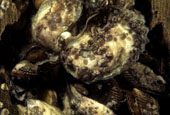
True oyster |
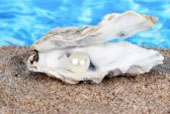
Perl oyster |
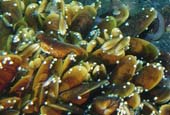
Mussels |

Cephalopods are exclusively marine animals characterized by bilateral body symmetry, a prominent head,
and a set of arms or tentacles. They are found in all the oceans of the Earth, and none of them can tolerate freshwater.

Gastropods, commonly called snails, are invertebrates that have coiled shells in the adult stage.
Otherwise snail-like creatures that lack a shell (or have only a very small one) are called slugs.
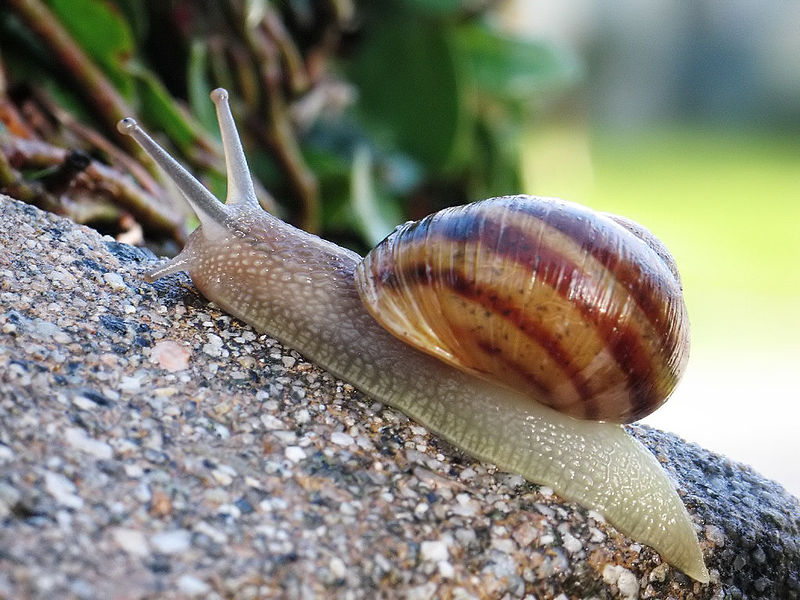
Land snail |
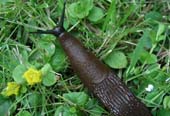
Portuguese slug |
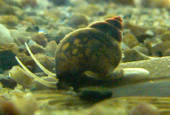
Freshwater snail |
| |
|
|
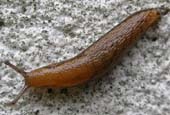
Common slug |
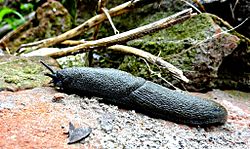
India large slug |
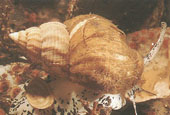
Common whelk |




